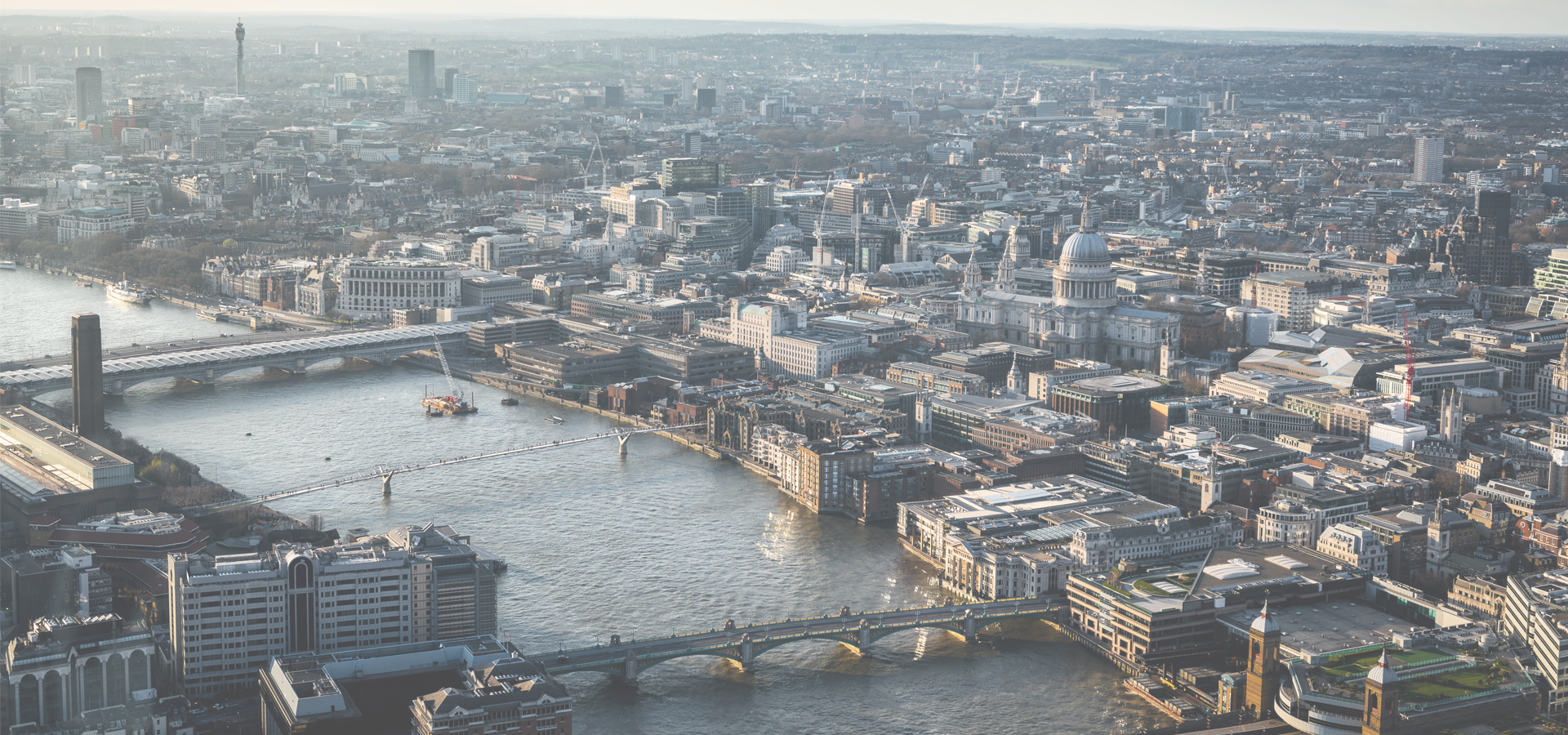🏴 Architect George Lay Crickmay is associated with Newington. He was elected a Fellow of the Royal Institute of British Architects (FRIBA) in 1888.
Newington, Southwark, England, United Kingdom
🏴 Newington is a district of South London, just south of the River Thames, and part of the London Borough of Southwark. It was an ancient parish and the site of the early administration of the county of Surrey. It was the location of the County of London Sessions House from 1917, in a building now occupied by the Inner London Crown Court.
Urban development The area remained as a farming village with a low level of population until the second half of the 18th century. There was a little industry, for example, the manufacture of clay pipes for tobacco smoking. In William Shakespeare's time, there was a theatre called Newington Butts and later there were further theatres. Newington gained in importance with the creation of the Westminster Bridge in 1750 and the associated improvements of London Bridge which required a series of new roads across St George's Fields to interconnect the routes from them and allow traffic from the Georgian West End to travel south and to Southwark without transitting through the City. These routes were Westminster Bridge Road and Borough Road for the West End and Southwark; for the route to the south London Road and St George's Road supplemented and by-passed the Borough High Street and Newington Causeway. All of these roads converged at a junction where there was a blacksmith's forge and inn called Elephant and Castle which then became a name to signify the area. Traffic heading to the south-east from the West End was connected to the older route from the City of London and Southwark to Kent as New Kent Road from Newington to a junction with the older route at the Bricklayers Arms. New roads brought development opportunities. The local landowner, Henry Penton (Member of Parliament (MP) for Winchester), started to sell some of his farmland. The 19th century brought more dense speculative house building, and some philanthropic provision too. The Trinity House Newington Estate, laid out on property the institution was left in the seventeenth century, became a high class residential district which is still largely in existence. It was built around an 1820s classical church by Francis Octavius Bedford.
Further urban stimulus was given by the arrival of mainline railway routes from the City to the south, the London, Chatham and Dover Railway built a station at Elephant and Castle in 1863. In 1890 the City and South London Railway (now the Northern line City Branch of London Underground) was projected through the area with stations at what was termed 'Kennington' (but in fact within Newington) and also at Elephant. In 1906 the new Bakerloo line terminated at the Elephant also.
Local governance The parish of Newington St Mary was part of the Brixton Hundred of Surrey and this contained all of the manor of Walworth. Before the creation of elected County Councils, in 1889, the county Magistrates were responsible for ensuring compliance with local bye-laws and ordinances, so that with the creation of the new Surrey County Sessions House at Newington Causeway in 1792 Newington was the County Town, until Kingston on Thames was designated as such in 1893. In 1855 it came within the area of responsibility of the Metropolitan Board of Works and the parish vestry was incorporated as a local authority. In 1889 it became part of the County of London. There was a reorganisation of local government in 1900 and the parish became part of the Metropolitan Borough of Southwark and the vestry was abolished. The civil parish was finally abolished in 1930. The parish was of 633 acres (2.56 km²) and the population peaked in 1901 at 121,863.
Newington is a ward within the London Borough of Southwark and the Parliamentary seat of Bermondsey and Old Southwark.
Nearest places: • Walworth • Kennington • Bermondsey • Vauxhall
Nearest tube stations: • Kennington • Borough • Elephant & Castle • Lambeth North • London Bridge
Nearest railway stations: • London Bridge • Elephant & Castle • Waterloo • Blackfriars
Europe/London/Southwark

Newington has a population of over 14,136 people. Newington also forms part of the wider Southwark District which has a population of over 318,830 people. It is also a part of the larger Greater London area. Newington is situated near Southwark.
🇳🇱 Middelburg 51.5
🏴 Kensington 51.5
🏴 South London 51.5
🏴 Shepherds Bush 51.504
🇩🇪 Nordhausen 51.498
🇳🇱 Bergen op Zoom 51.494
🏴 Hammersmith 51.493
🏴 Westminster 51.483
🏴 City of London -0.089
🏴 Stoke Newington -0.08
Locations Near: Newington -0.0901,51.4988
🏴 Southwark -0.09,51.499 d: 0
🏴 City of London -0.089,51.513 d: 1.6
🏴 Lambeth -0.107,51.49 d: 1.5
🏴 Finsbury -0.093,51.522 d: 2.6
🏴 London -0.117,51.5 d: 1.8
🏴 City of Westminster -0.126,51.509 d: 2.7
🏴 Westminster -0.133,51.483 d: 3.5
🏴 Islington -0.103,51.544 d: 5.1
🏴 Brixton -0.117,51.45 d: 5.7
🏴 Stoke Newington -0.08,51.56 d: 6.8
Antipodal to: Newington 179.91,-51.499
🇳🇿 Christchurch 172.617,-43.517 d: 18973.3
🇳🇿 Dunedin 170.474,-45.884 d: 19083.9
🇳🇿 Masterton 175.664,-40.95 d: 18798
🇳🇿 Hutt 174.917,-41.217 d: 18810
🇳🇿 Lower Hutt 174.917,-41.217 d: 18810
🇳🇿 Wellington 174.767,-41.283 d: 18813.4
🇳🇿 Upper Hutt 175.05,-41.133 d: 18804.3
🇳🇿 Canterbury 171.58,-43.543 d: 18933.2
🇳🇿 Porirua 174.84,-41.131 d: 18799.1
🇳🇿 Palmerston North 175.61,-40.357 d: 18732.9